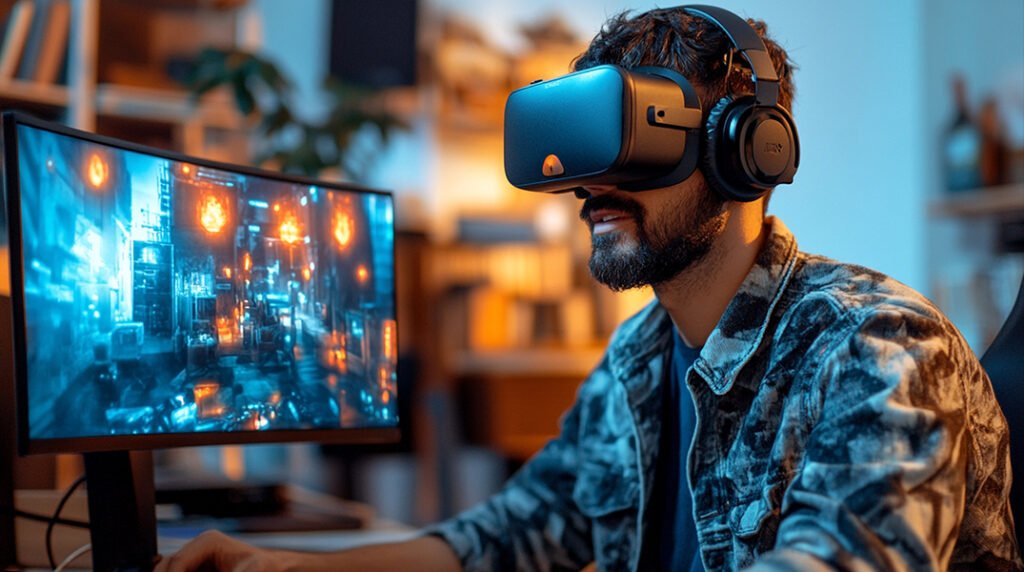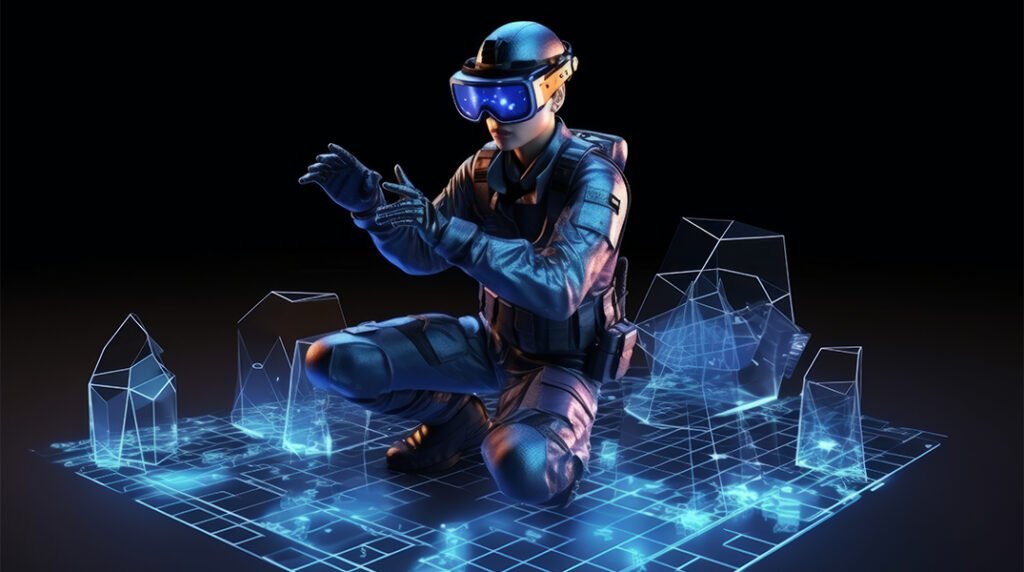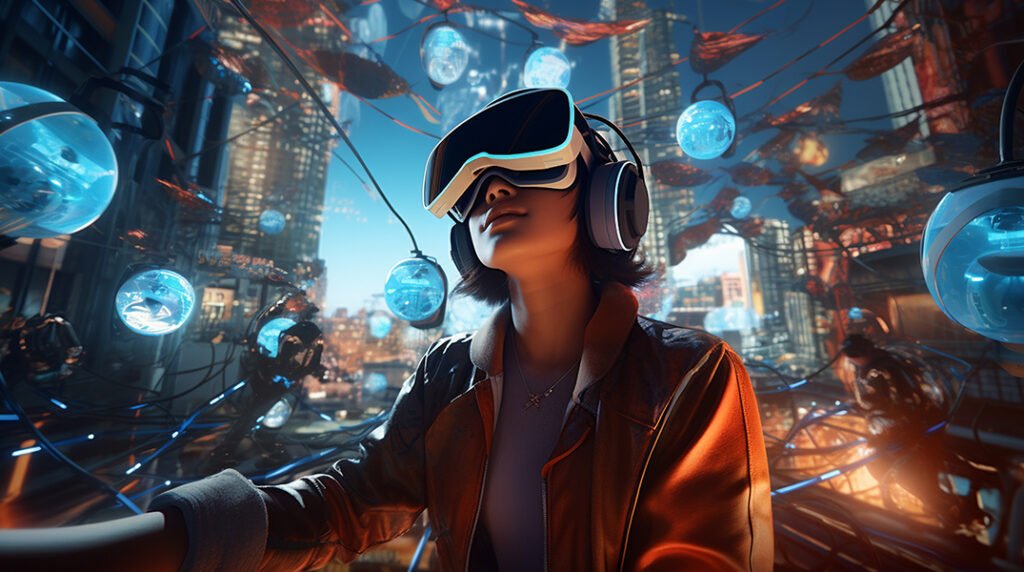The gaming industry has undergone a major transformation, evolving from pixelated screens to almost life-like experiences. This shift is at the forefront of the use of AI and MLs, which are changing how games are both developed and played. These changes are in the gaming style in such a way that they superimpose graphics or even advanced gameplay mechanics, and they are also a change in substance; gaming is becoming more dynamic, personalized, and participative because of artificial intelligence (AI) and machine learning (ML).
Game Personalization
AI and ML have changed immersive experiences by enabling them to be personalized to the player level. These technologies analyze a player's behaviors, styles, and skill level to customize various elements (e.g., difficulty, purchase options in the game, or storyline alterations) to organize it according to the player's style or preferences. This level of enhanced personalization will result in players remaining engaged as the game evolves, as do preferences and abilities.
Sophisticated Non-Player Characters (NPCS)
Gone are the days of predictable Non-Player Character (NPC) behaviors. AI-powered NPCs interact more humanely, making decisions based on several factors and players' actions. They utilize reinforcement learning to train from the interaction, allowing them to become checks against players' abilities. Through reinforcement learning, these NPCs adapt and improve from our actions, allowing for more complex and realistic encounters, which makes gameplay challenging while improving narrative and world-building.
Dynamic Game Environments
AI and ML are enabling developers to create dynamic environments that adapt to player actions in real-time. For example, we see game weather patterns change based on events or the development of a whole landscape based on player decisions. Dynamic game environments give players a sense of uniqueness, extended gaming replayability, and investment.
Procedural Content Generation
The manual development of expansive game worlds can be extremely time-consuming and costly. AI-enabled procedural content generation helps address concerns over time and cost by quickly generating gaming assets using algorithms for a vast amount of content, including terrains, levels, and more intricate quests. Procedural generation saves developers time while creating a broad gaming world with unique gaming content to keep players returning to playing it for long periods.
Enhanced Game Testing and Quality Assurance
AI is changing and improving the testing phase of the process by automating bug or glitch detection. Machine learning models can replicate almost unlimited potential gameplay experiences to identify issues left behind in manual testing. As a result, that will be much more polished once they launch, reducing the need for frequent post-release patches.
Voice Recognition and Facial Recognition
Voice recognition and facial recognition technology have become more common in gaming through AI. Players can now use voice commands to control characters, but gamers can also play games without a virtual reality (VR) headset, where the game reacts to the player through their facial expressions. This level of interactivity can naturally create immersion and make the player feel more connected.
Adaptive Soundscapes
AI is also modernizing audio in games. Similar to how television shows or streaming services identify when to play background or other audio based on scenes the player is executing in a movie or digital plan as a form of representation to them, AI can identify background music or sound effects that may enhance the human experience based on other information learned about the player and context.
Real-Time Language Translation
In multiplayer games where individuals from different countries are synchronously playing together, sometimes the language barrier creates issues mutually identifying complete tasks. AI is helping alleviate these gaps through real-time translation tools.
Ethics and Challenges
While the opportunities and advantages provided by AI and ML offer multiple perks, there are ethical challenges and considerations. Issues such as data privacy, algorithmic bias, and the potential displacement of human developers are significant. Developers must be proactive in addressing these challenges so that they can take advantage of them, which will only enhance the experience without ethical compromises.
Opportunities Ahead
As AI and ML technologies continue to evolve, their role in gaming will only expand. Future developments may include emotionally intelligent games that respond to player emotions and AI-driven narratives that change uniquely for each player. So many possibilities, and we are only beginning to understand the capabilities.
Conclusion
In conclusion, AI and ML development services are not systems that enhance gaming. They are the catalysts for whole new pathways of gaming. By allowing for more personalized, dynamic, and immersive experiences, AI and ML are changing the gaming industry and defining new norms for player expectations. At Team of Keys, you can witness the first wave of a changing gaming landscape. One thing is certain: the game has changed.











